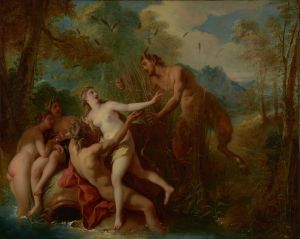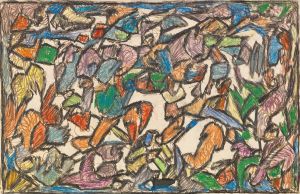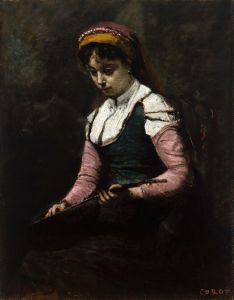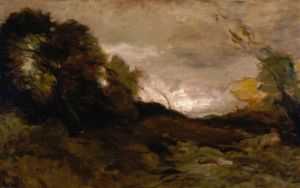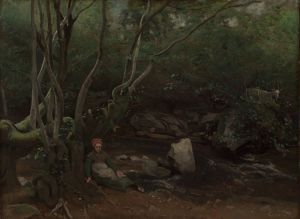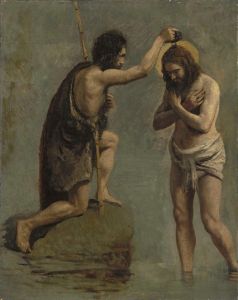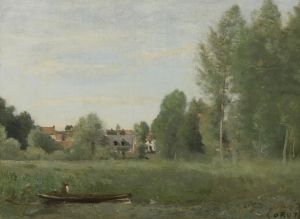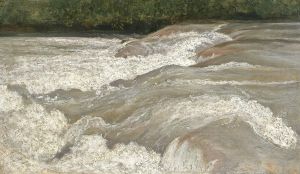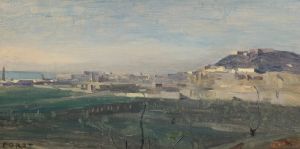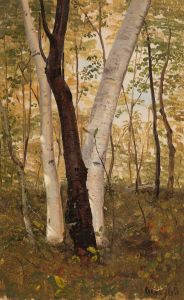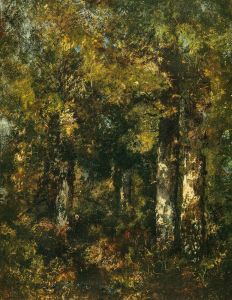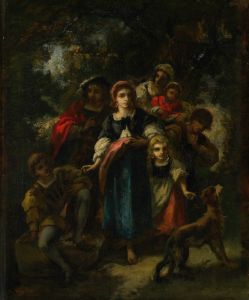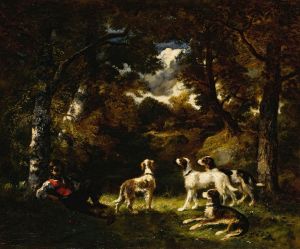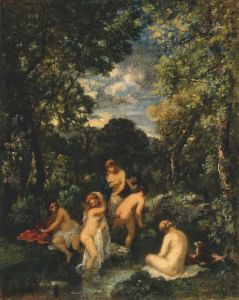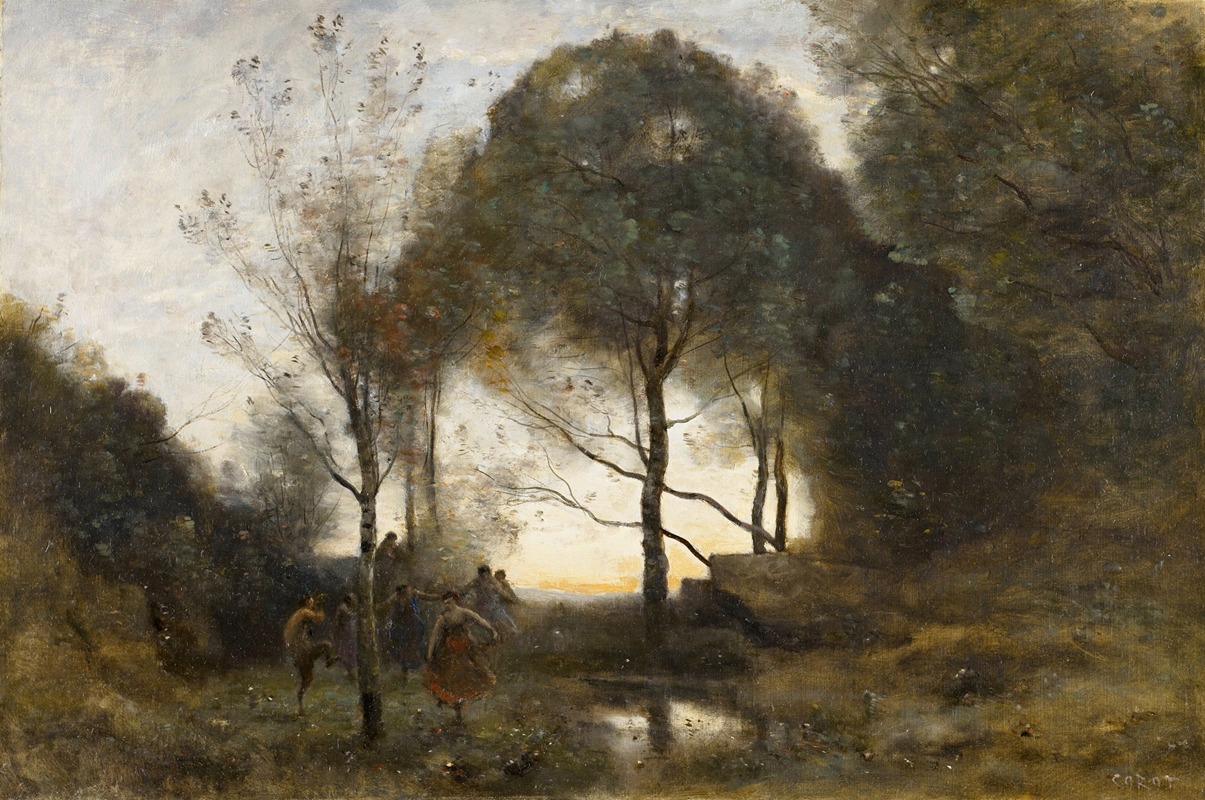
Nymphes et Faunes
A hand-painted replica of Jean-Baptiste-Camille Corot’s masterpiece Nymphes et Faunes, meticulously crafted by professional artists to capture the true essence of the original. Each piece is created with museum-quality canvas and rare mineral pigments, carefully painted by experienced artists with delicate brushstrokes and rich, layered colors to perfectly recreate the texture of the original artwork. Unlike machine-printed reproductions, this hand-painted version brings the painting to life, infused with the artist’s emotions and skill in every stroke. Whether for personal collection or home decoration, it instantly elevates the artistic atmosphere of any space.
Jean-Baptiste-Camille Corot was a pivotal figure in landscape painting during the 19th century, known for his ability to blend realism with elements of the neoclassical tradition. His work "Nymphes et Faunes" is a testament to his skill in capturing the ethereal beauty of nature while infusing it with mythological themes. Although specific details about the painting "Nymphes et Faunes" are scarce, Corot's broader body of work provides context for understanding his artistic approach and significance.
Corot was born in Paris in 1796 and began his artistic career relatively late, after initially working in the family textile business. He studied under Achille-Etna Michallon and Jean-Victor Bertin, both of whom were influenced by the neoclassical style. Corot's early works were characterized by a focus on classical landscapes, often depicting scenes from Italy, where he traveled extensively. These early experiences greatly influenced his later works, including "Nymphes et Faunes."
Throughout his career, Corot developed a unique style that combined elements of realism with a lyrical, almost dreamlike quality. He was known for his ability to capture the subtle interplay of light and shadow, creating atmospheric effects that lent a sense of tranquility and timelessness to his landscapes. This approach is evident in many of his works, where he often depicted serene natural settings populated by figures from mythology or classical literature.
"Nymphes et Faunes" likely reflects Corot's interest in integrating mythological subjects into his landscapes. The nymphs and fauns, figures from ancient mythology, are often associated with nature and the pastoral world, themes that were central to Corot's artistic vision. By incorporating these figures into his work, Corot was able to explore the relationship between humanity and nature, a recurring theme in his oeuvre.
Corot's influence on the art world was profound, and he is often regarded as a precursor to the Impressionist movement. His ability to capture the fleeting effects of light and atmosphere resonated with younger artists, who admired his innovative approach to landscape painting. Although Corot's style remained distinct from that of the Impressionists, his emphasis on capturing the essence of a scene rather than its precise details paved the way for future developments in art.
Despite the lack of specific information about "Nymphes et Faunes," Corot's legacy as a master of landscape painting endures. His works continue to be celebrated for their poetic beauty and technical skill, and they remain an important part of the canon of 19th-century art. Through his paintings, Corot invites viewers to experience the natural world with a sense of wonder and reverence, a testament to his enduring impact on the art world.





